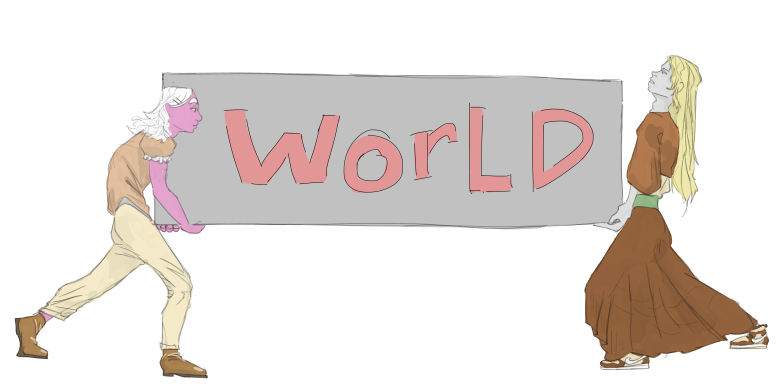
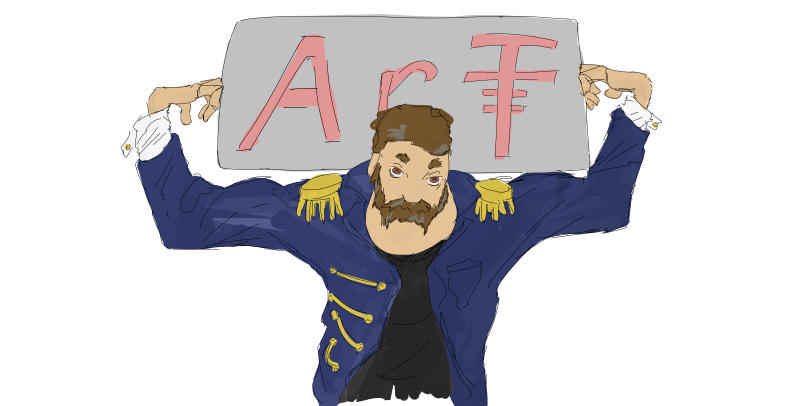
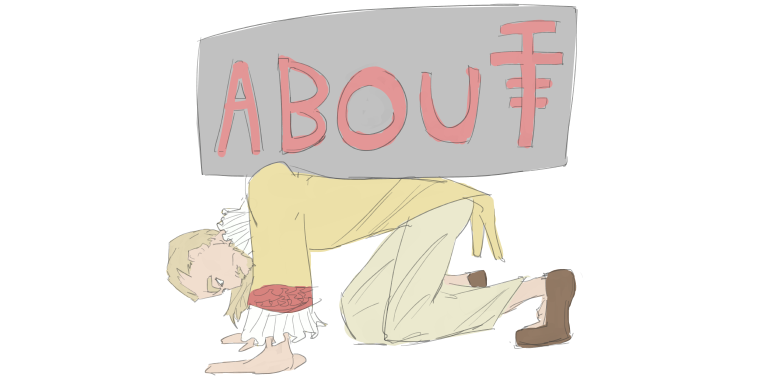
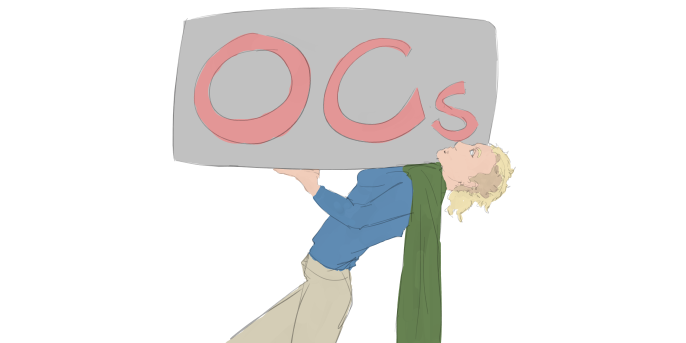


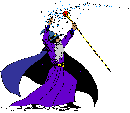


The magic system is inspired by programming. Magic can be used by people only when channeling spells. For a person to cast a spell it must first be created. Spells are in general extremely difficult to create but once created can be reused quickly with little effort. The process for creating a spell is extremely personalized; it is affected by everything from when a person is born to their height and eye color. This makes transferring spells in between people extremely difficult and often it’s easier just to make you own from scratch. This is one of the plot’s driving forces, because for a person to create the summoning spell found in the book would take years for a team of the greatest magicians to translate it into a castable spell. Hence the initial, simple spell is required to summon a weak demon tailor made to cast the greater spell entombed. Another limiting factor for magic is that casting spells produces lots of smoke which comes out of the caster’s lungs through their mouth and nose and can suffocate magicians who aren't careful. Smoke is an integral part of magician’s existence, schools that teach magic exclusively are built with this idea in mind. They have lots of fans and ventilation spewing smoke out of high towers and lofted ceilings (Think howl's moving castle). Magician’s smoke all have a different scent, some smell like burning cherrywood, others like hickory, Cole’s smoke uniquely smells like burning charcoal rather than a kind of wood.
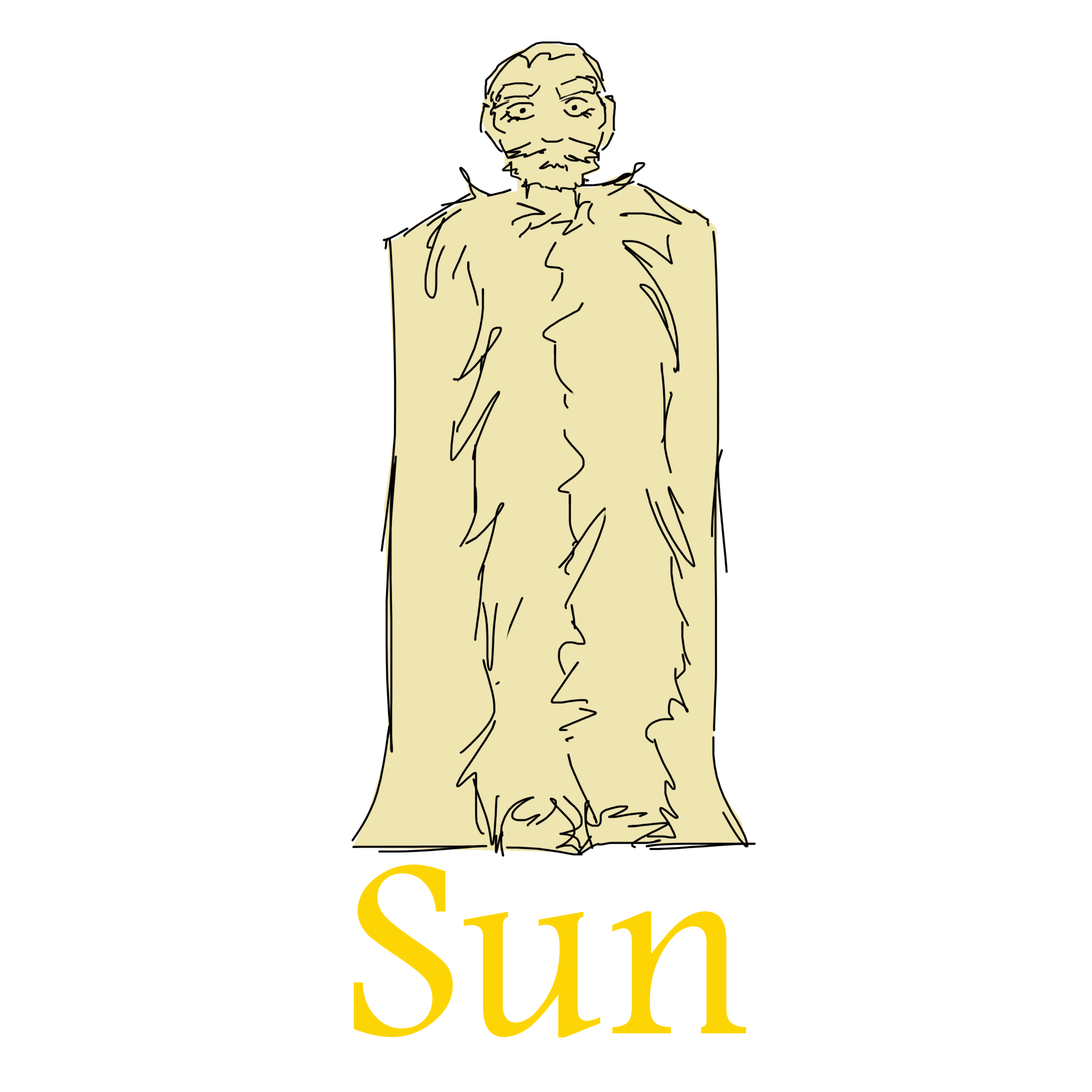
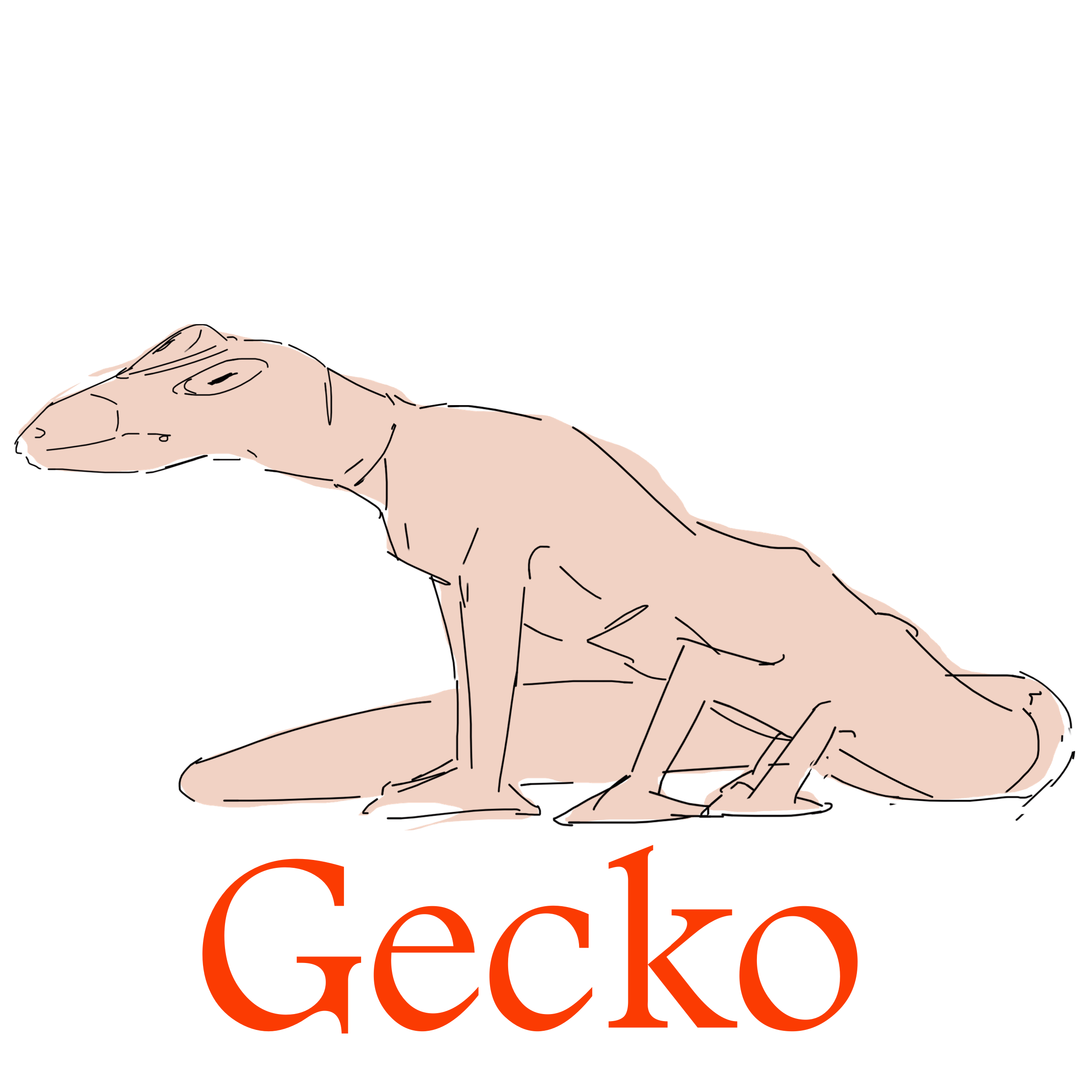
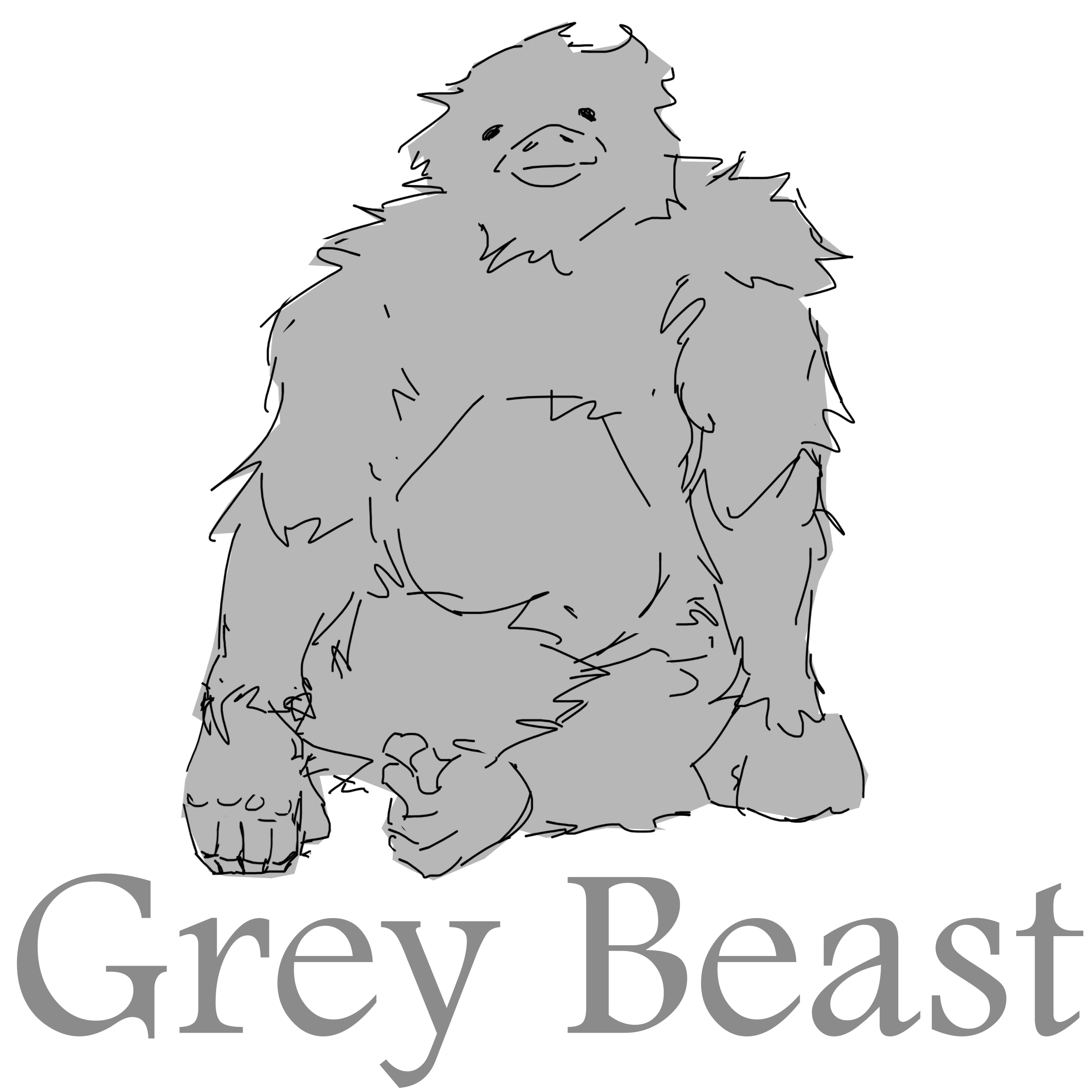
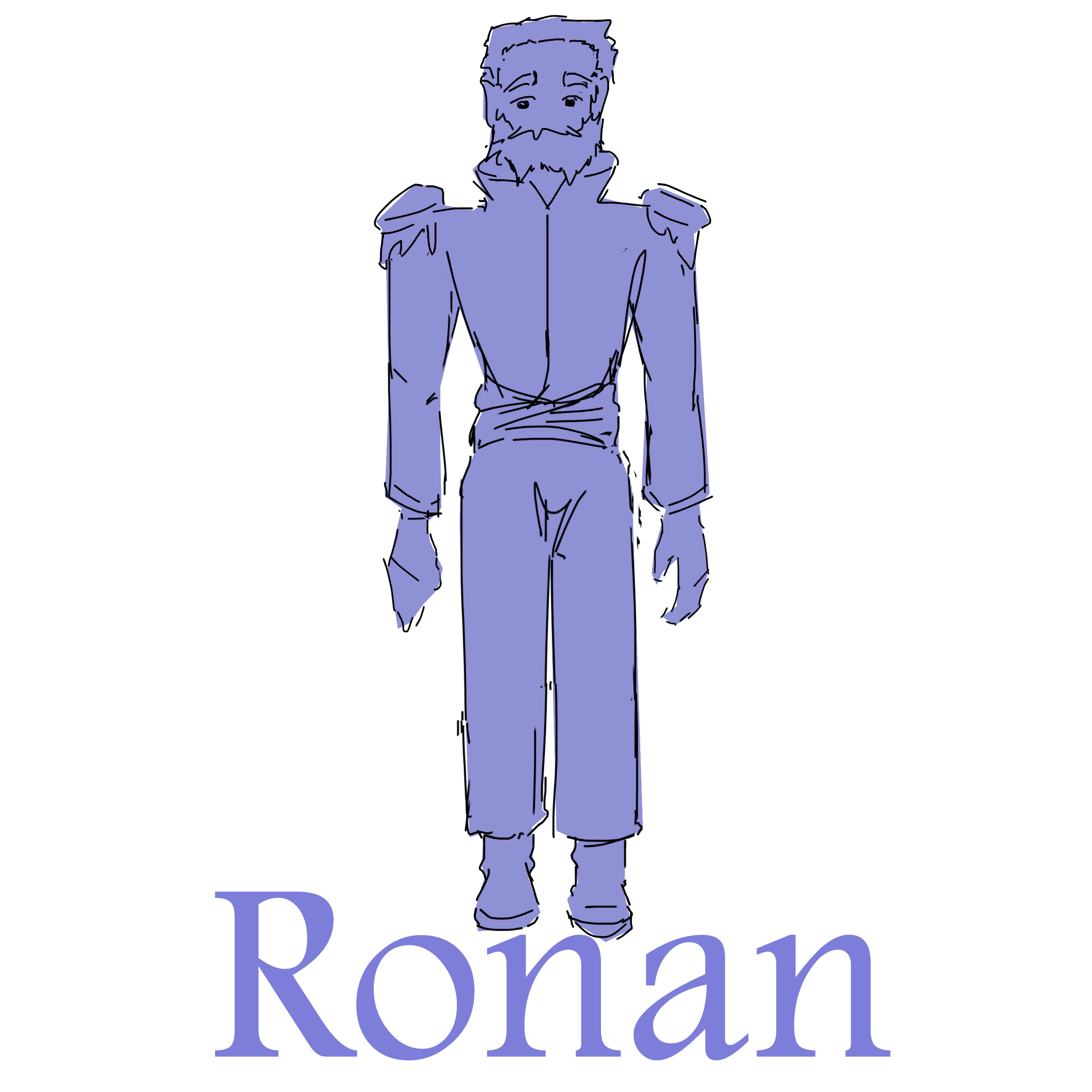
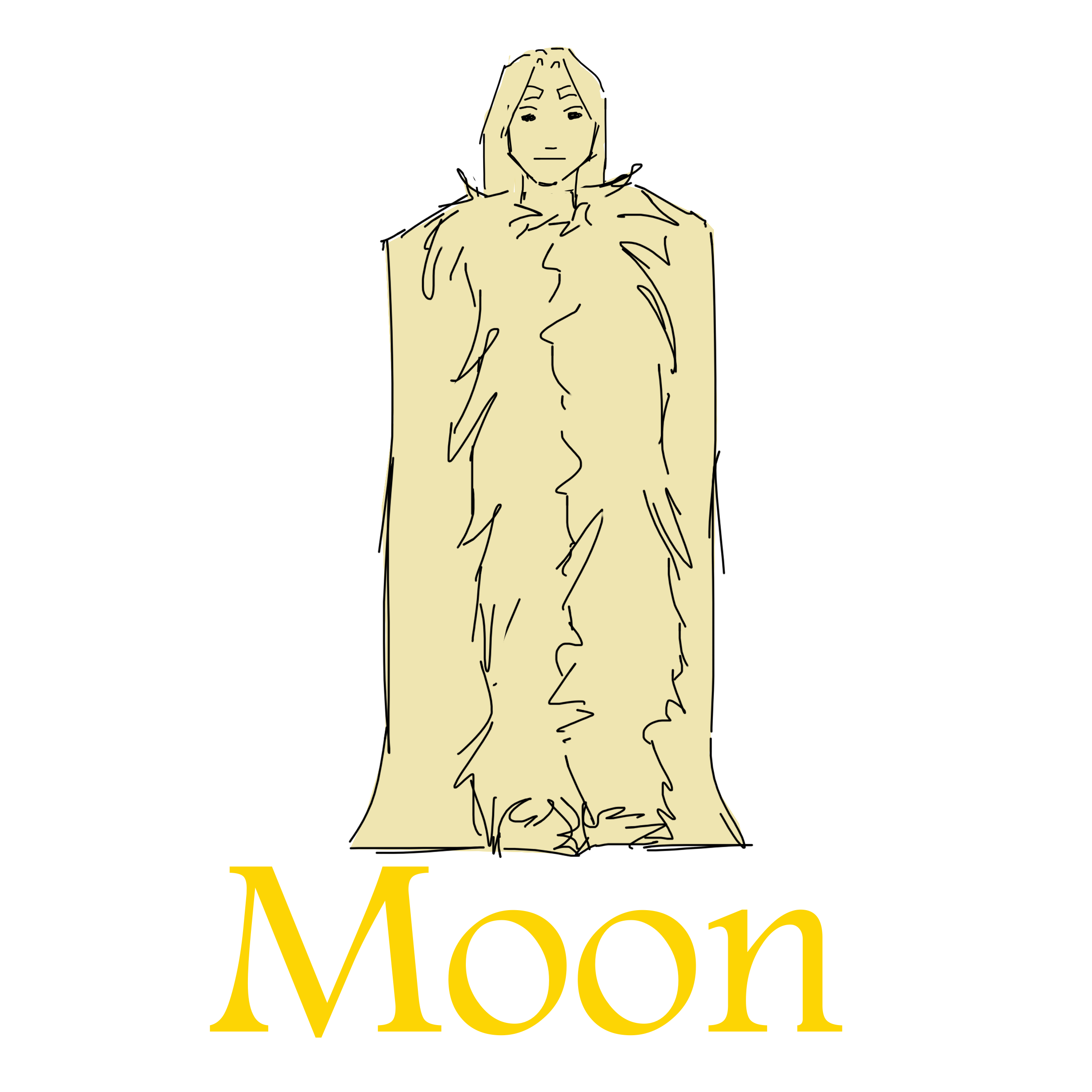
The gecko resembles a 25 foot long palmato gecko with six legs. He has one large eye on the top of his head and two fake eyes where his normal eyes should be. The gecko’s skin is mostly brown. He can climb on the walls or bend over backwards to make eye contact with whoever he's talking to, either way his back is toward you. The gecko’s fake eyes and communication style represents his paranoid nature since he never displays vulnerability by facing his stomach towards others.
He lives in a sand dune desert, his domain is under the sand, a constant small stream of sand piles in the dark center like an hourglass. It’s very dark, it’s brightest near the center where the opening causes the sand to trickle. The domain is in the shape of a large 50 dome. He has no denizens.
The gecko's domain is based on Najka's lair from dark souls 2. It's a dry dark space with the only source of light streaming through an opening where sand constantly pours through. Gecko is constantly sweeping the sand to the corners of the cave.
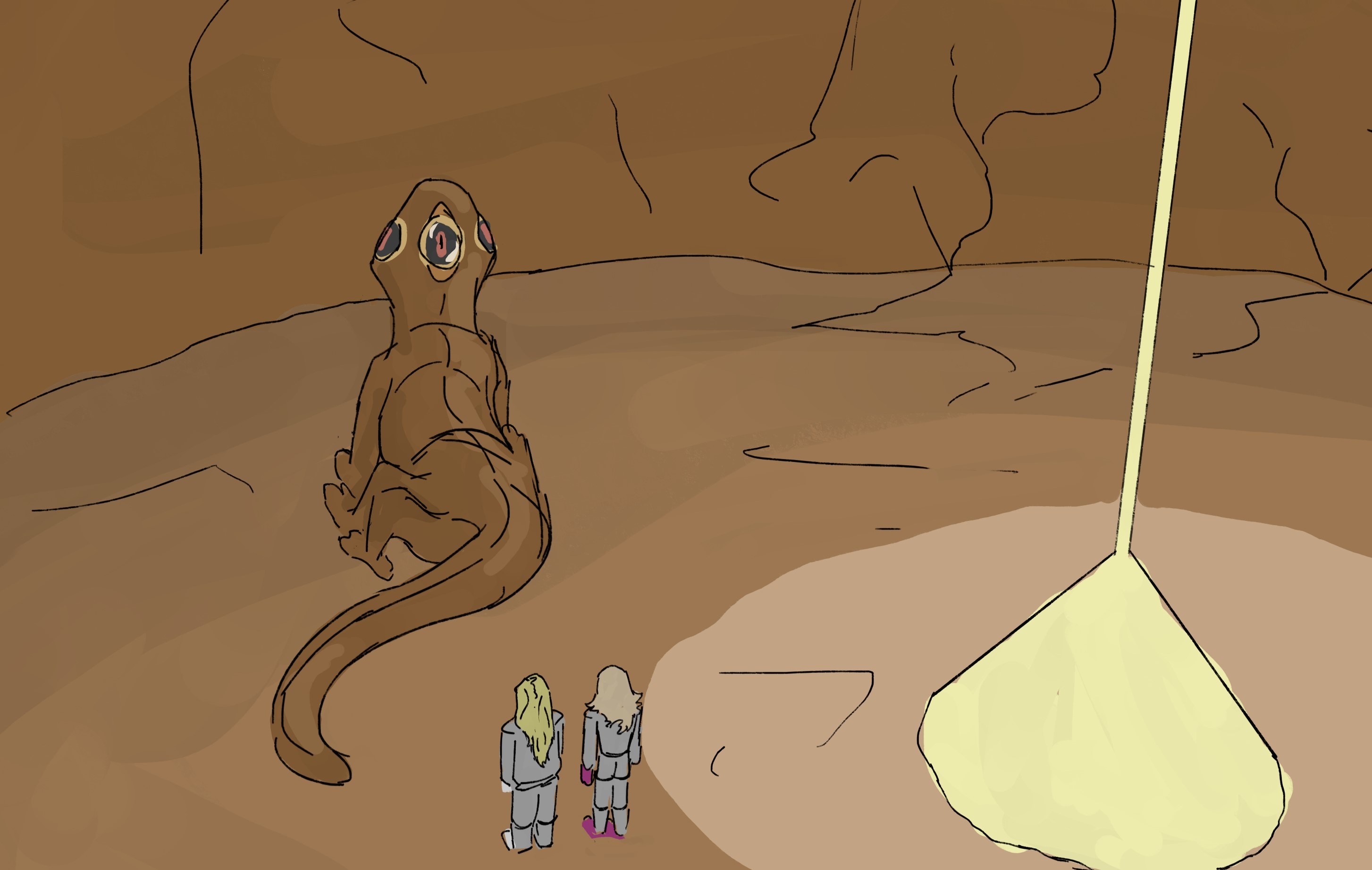
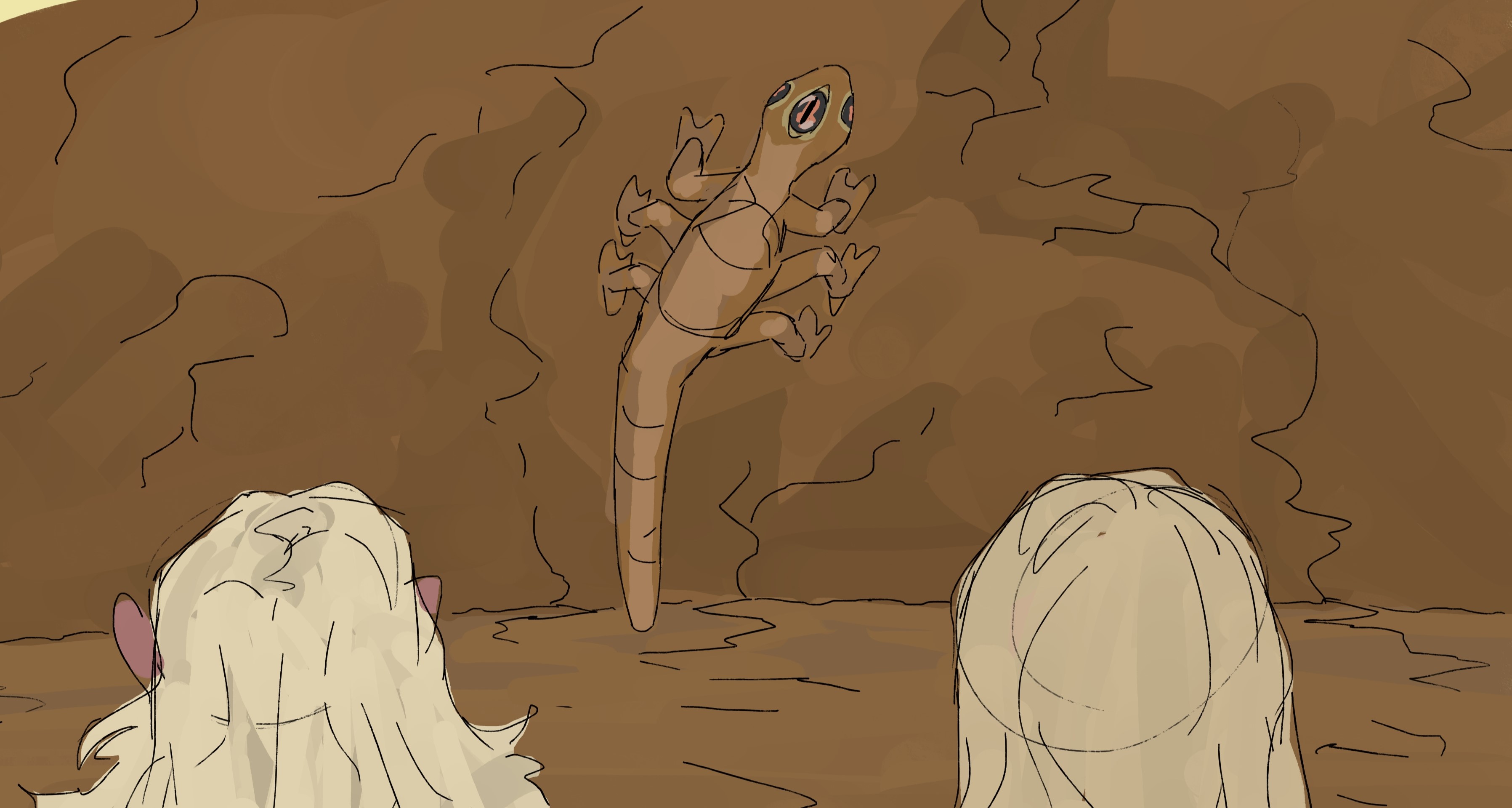
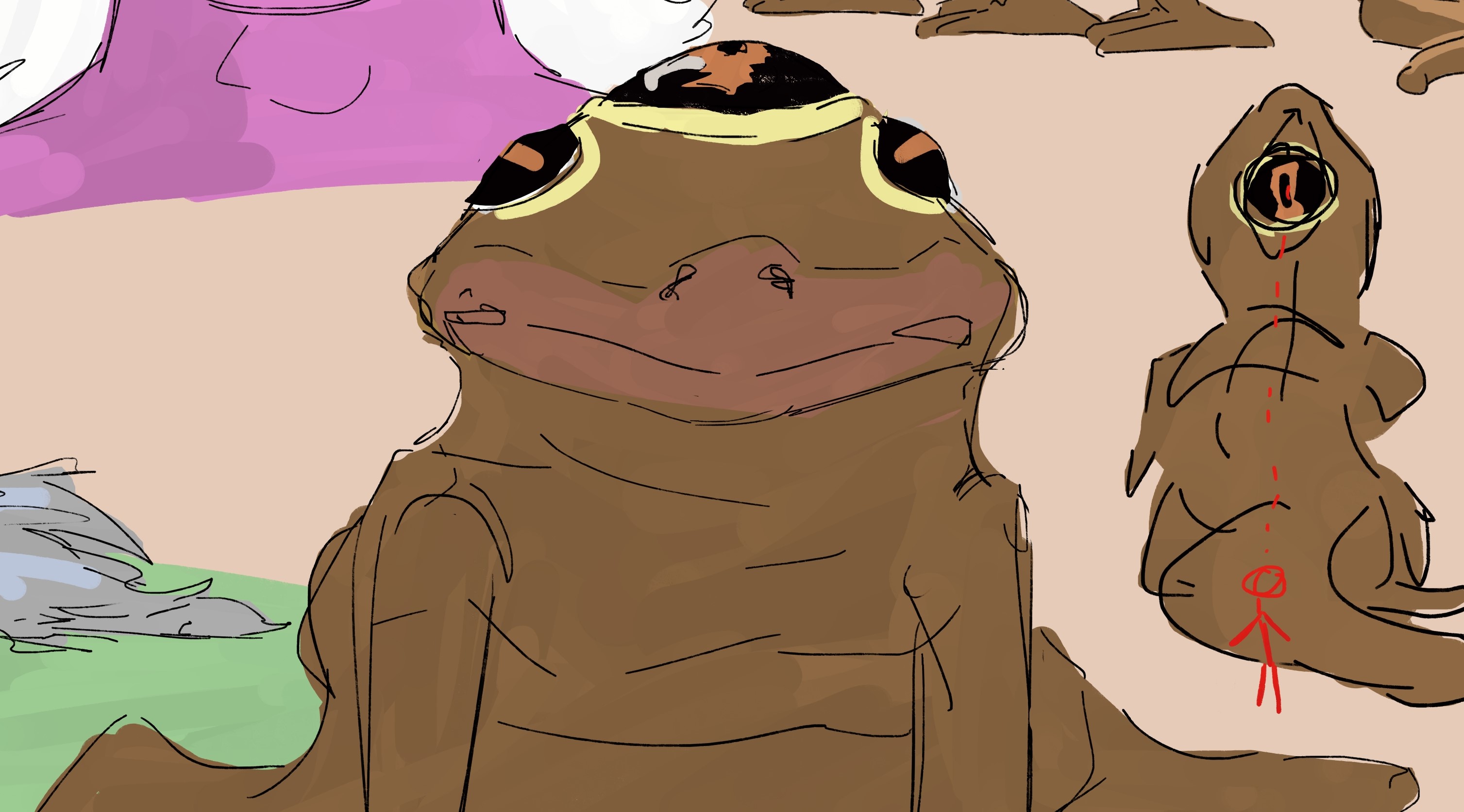
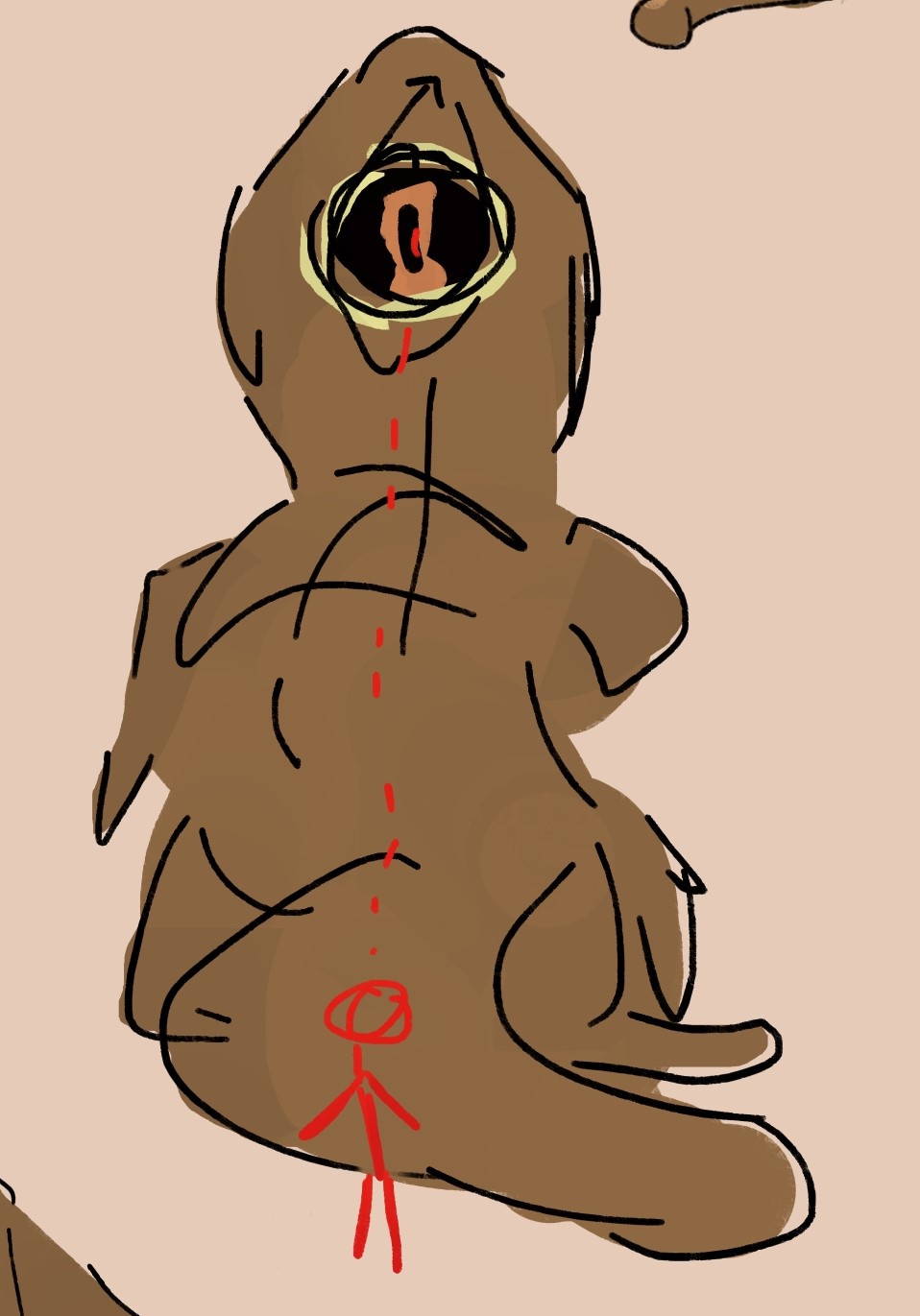
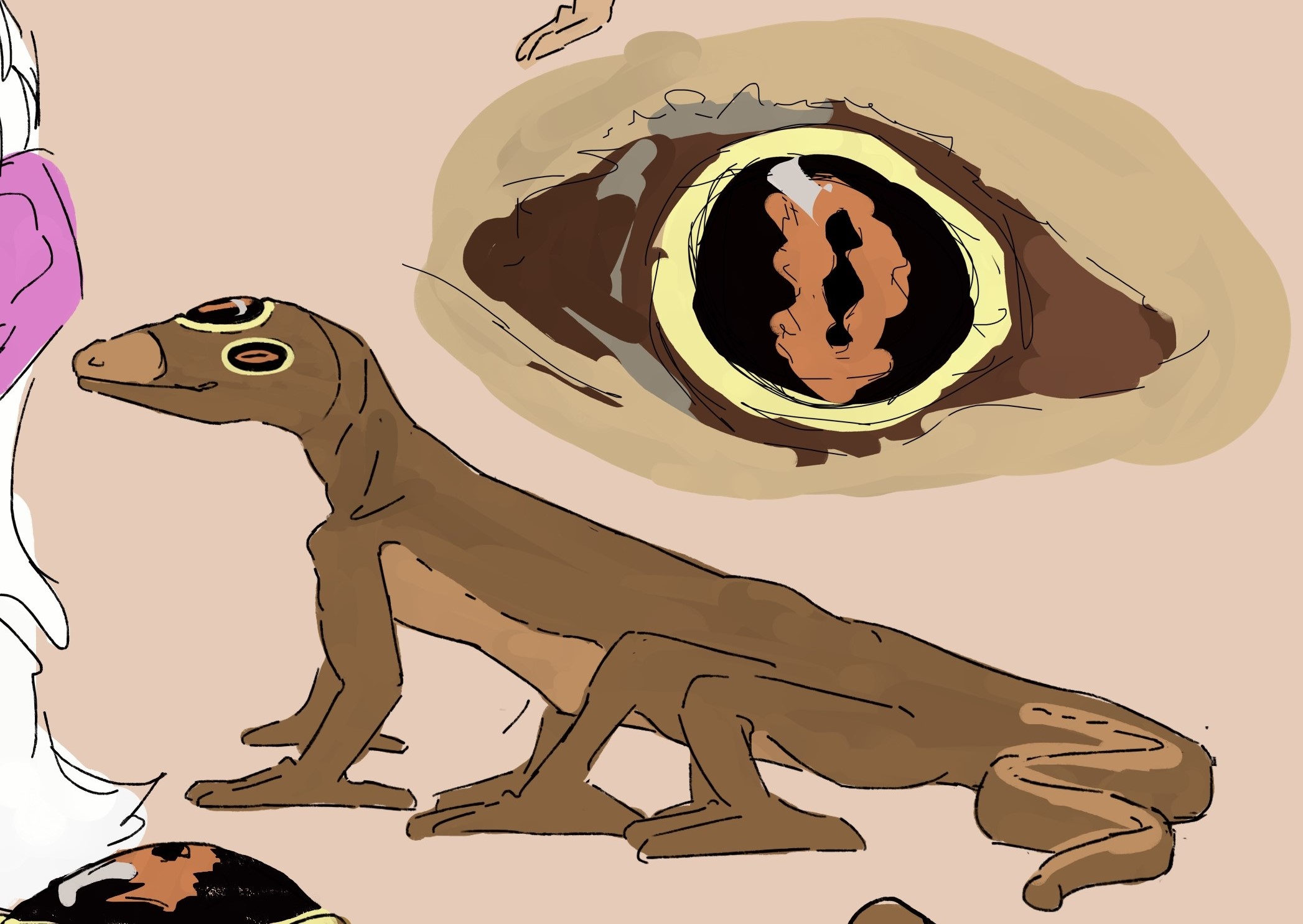
Tall and wirey
None sadge.
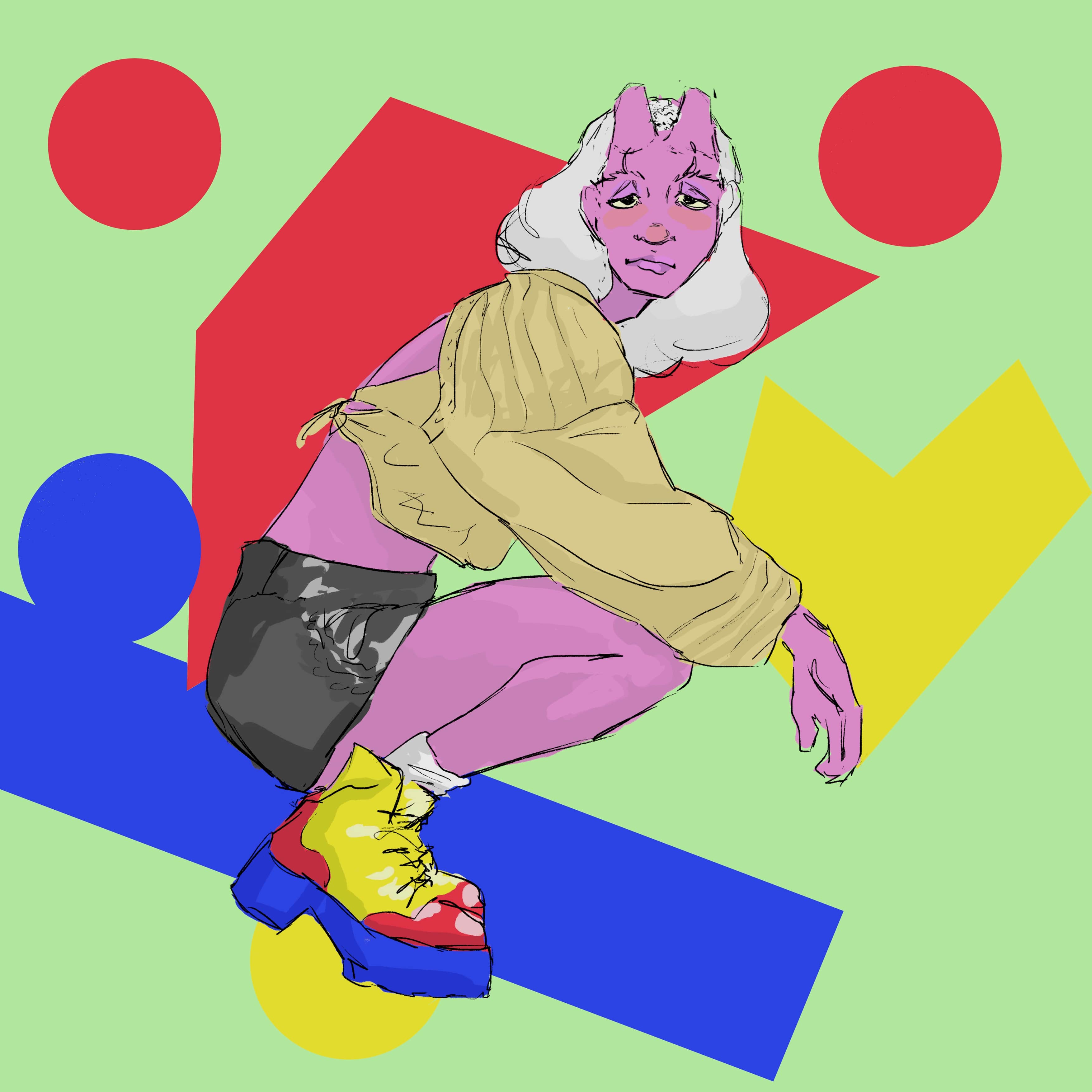
Tall and sharp.
Commune.

The Grey Beast is modeled after old legends of beasts. Monsters in most mythology are just a combination of several living creatures. The Grey Beast has the body and head of a bear with extended hind legs, the hands and feet of an ape, the mouth of a bird, and the hide of a yak. It stands almost 15 feet tall on all fours and has small beady eyes.
The domain of the Grey Beast has no denizens, it's a very large domain, about two miles in diameter. The domain is a lush deciduous forest with lots of streams running through them. There are lots of animals in the domain, they are drawn towards the Grey Beast’s domain and allowed to freely pass through the barrier.
A distant way into the journey Sun comes across the grey beast's domain. Sun is able to overpower the beast and uses its domain as a home base where he can practice magic. The beast acts kind of like large dog
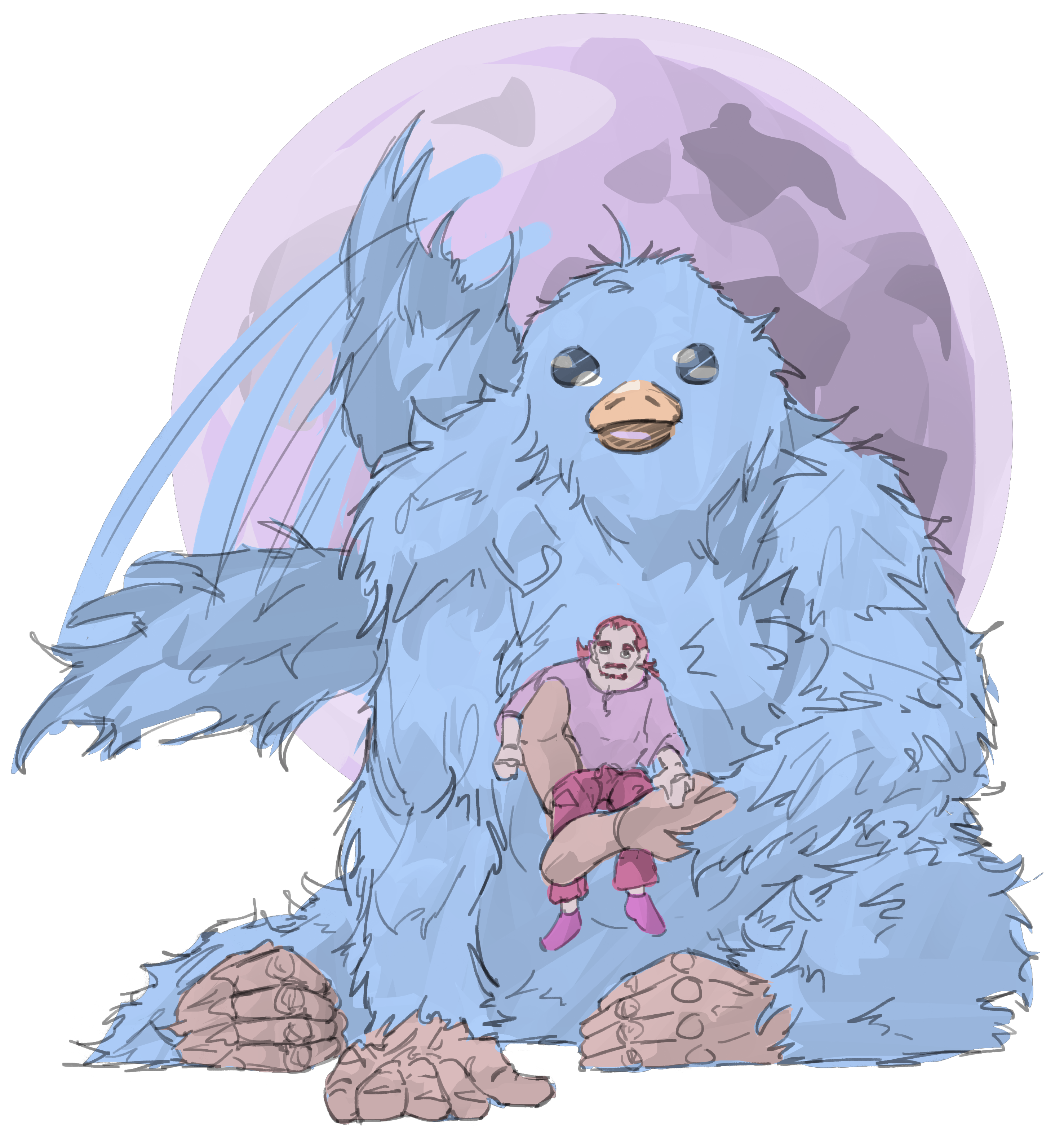
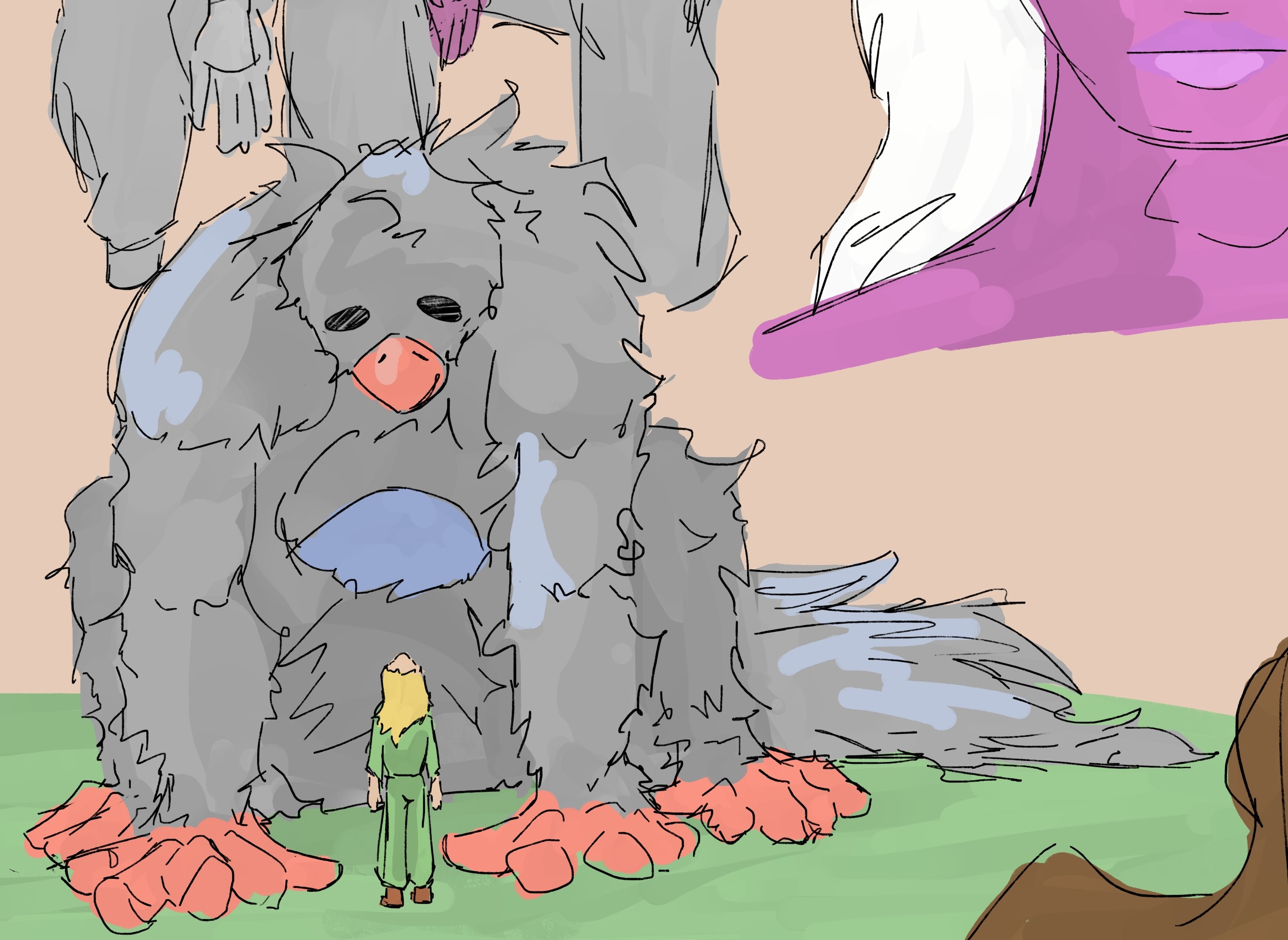
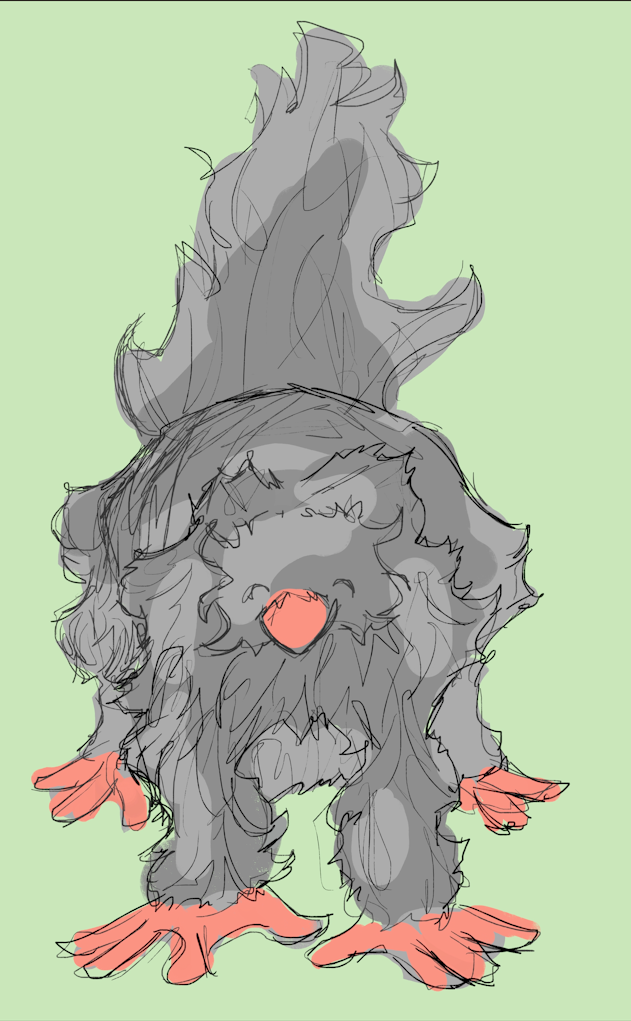
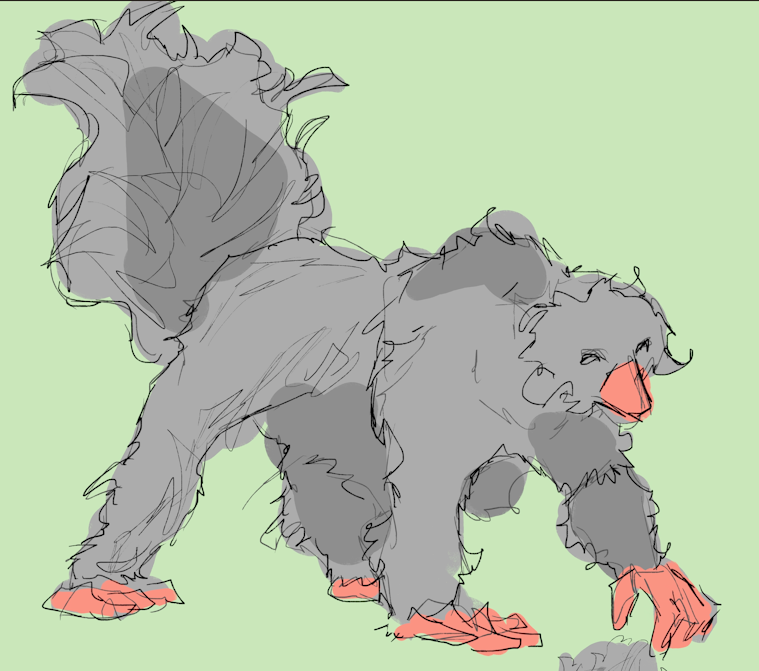
Old and sad.
Castle.

Deities are sentient creatures, they do not degrade from the passage of time. They can be killed meaning they are not immortal but are generally very old. They reside in the domain that they are linked to but can leave it at will. Deities are usually but not always reflections of their surroundings. They do not interact very much with the world outside of their domains.
Denizens can be any race and usually have their bodies altered by the deities. Cole is the denizen of her deity. Their bodies are usually physically altered by their deity. Denizens are singled out and treated differently outside of their deities's domain. Usually they are treated with fear or reverence but dwarves are least fans of the deities so they are usually treated poorly. Denizens usually have extended lifespans and sometimes permanently leave their deities's domain with their deities's consent.
Deities are linked to biomes, a domain is a reflection of its deity. Deities control the domains and have control over what goes on and who comes into their domains. It is much more difficult to get into a domain than it is to get out, a being must be invited into the domain by its deity. Domain sizes vary greatly, some domains have whole villages with many buildings and structures, but they can be the size of a single modest house. They take up actual real space and are physically blocked off from the world by an translucent magic barrier. A deity sets up a barrier by drawing a closed loop with their magical chalk. After the loop is drawn the barrier goes up and the domain begins to form to reflect what the residing deity desires. Because they are reflections of their deity they can often be different from the surrounding area.
The seven Continental deities are the greatest power, they control entire continents under their domain. They are largely indifferent and reclusive and don’t interact much with the outside world. They are the only deities actually referred to as gods, and their denizens are referred to as disciples. Each of the seven altars those who it chooses in a specific way such that any normal being can recognize them and relate them to a specific of the Seven. Cole is sort of an exception because she starves herself in an effort to distance herself from her god. The god of the western half of the south continent is Cole’s god, a possessive eldritch that normally takes the form of a woman. The disciples of this god are what Cole’s natural form looks like: tall, horned, cloven hooved, with a large tail and wings. The god of Gwin’s islands is a large bird, and the altered bodies of Gwin’s disciples can be singled out by their feathers. The god of the cradle continent is intellectual and has a love of linguistics, which is the reason why the continent only uses one written language. Becoming the disciple of more than one god is forbidden, a god will not take in a disciple of another god if the disciple is one of the sentient species. If a being is the disciple of at least two gods then it can perform a deietic ritual, and draw a domain to become a deity. This can happen one of two ways, either with the permission of the god or by tricking the god without their permission. The first way is the safest as it does not incur the wrath of the Seven, it is reserved for dull creatures and involves a few steps. First a god in want of a deity will contact at least one other god and request their aid in making a new deity. The god will choose a dull being such as a gecko, wolf, or any other creature without intellect. They will put them in a crate and send them to the one or more other gods involved. Those gods upon receiving the creature will perform the rites making the creature their disciple. The creature will gain intelligence, power, and attributes of the god from this, it will be caged again and sent to the next god if there are more. Once the last god in the agreement has performed their rites, the creature will be sent back to the original god for the final ceremony. At this time the creature may be incredibly difficult to contain and dangerous if let loose, so a tight watch and many guards (usually disciples of the original god) are placed upon it. Finally with the creature back the original god will perform the last set of rites, making it their disciple. The god moves the creature somewhere inside their domain, then performs the deictic ritual for it and draws out its domain. From there the creature will find itself, altering its body and domain until it settles into its existence of a deity. The other way to become a deity is for sharp creatures (creatures who are able to learn two languages). If a being manages to trick a god into becoming their disciple despite being the disciple of another god then that being has the power to become a deity. Once a being is a disciple of multiple gods they are known as unfaithful and will be punished if found out by the gods. The more gods they trick the more power said being will become when it performs the deictic ritual and draws their own domain.
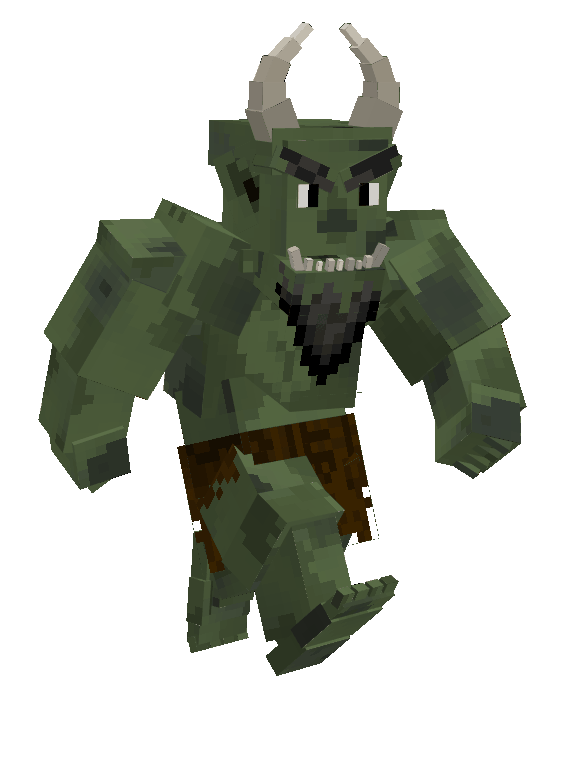

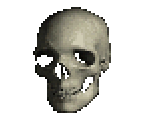

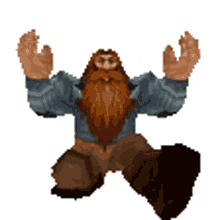

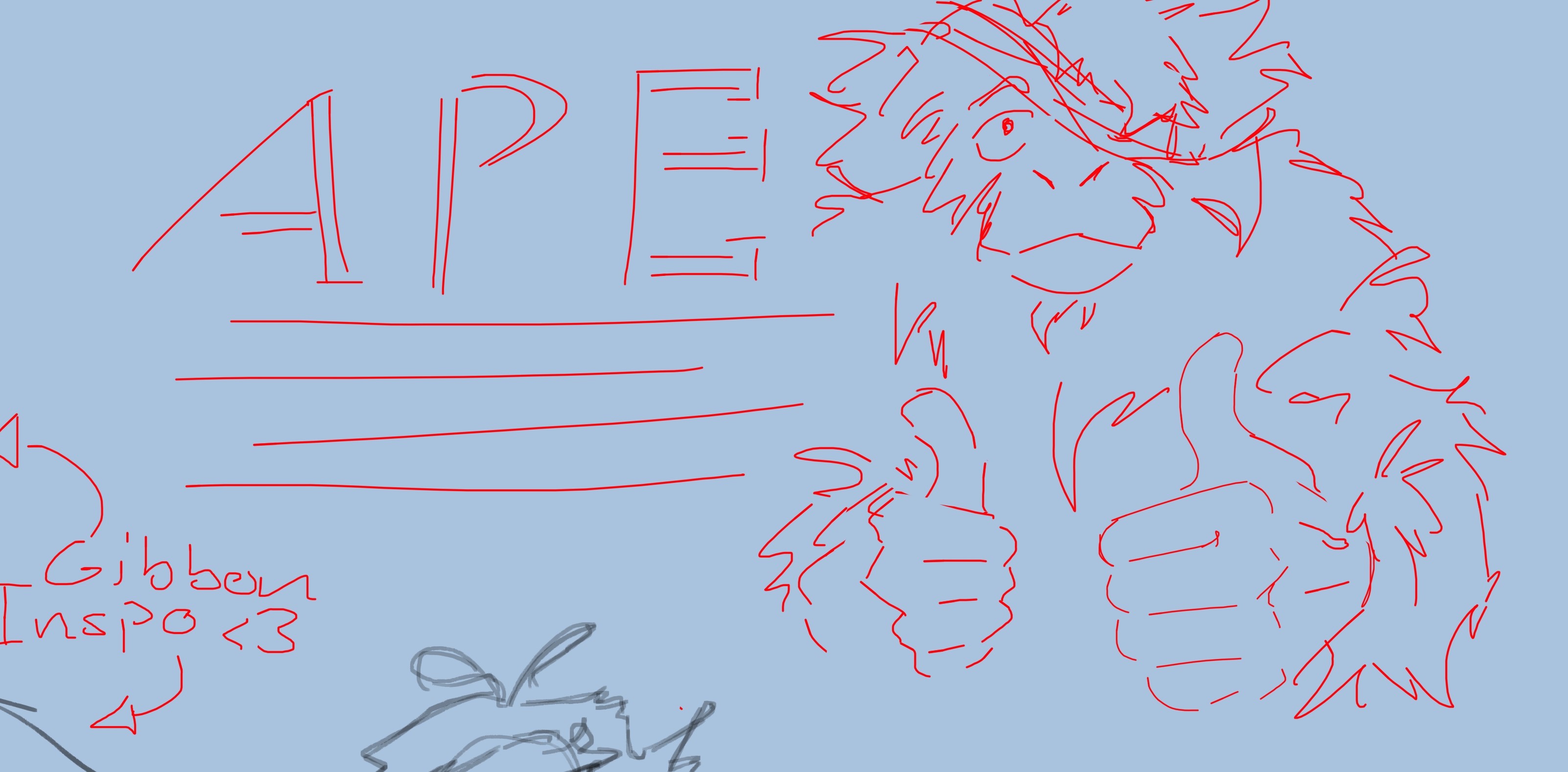
In the beginning, Ongrad was a flat and barren across the whole of the world laid cracked clay beds. The surface had no water, no life, not even any mountains. Ongrad suffered no motion, it did not spin, it did not circle around the sun, and its moon lay still in the sky above. No eyes suffered the sight of this desolation but they would be of no use since the unending days suffered pitch darkness. The sky was magnificent, in its primordial form the heavens contained all life. First the wind began to blow a massive downdraft. It lifted on the cracks in the land and tore them asunder. The winds blew the soft dry land into mountains and valleys. They blew so hard that Ongrad began to spin faster until the world itself started to move and the moon with it. The downdraft gave way to rain, which turned the sand into solid earth packed with the force of the rain. The water filled the lowlands, forming oceans, rivers, and lakes, and nourishing the parched earth. Life began to emerge from the once barren land. Plants sprouted, animals appeared, and soon the world was teeming with life. Where lightning struck the veins of ore were created, hail cratered deep into the ground creating aquifers and springs, where snow fell meadows of soft grass sprouted. When the sky ran out of water it gave its lifeblood this created all the creatures of the land. The red blood that pooled would become humans, the white blood became apes, the brown blood became dwarves, and the green blood became orcs. Most often these different bloods would mix together this formed all the creatures of lesser intelligence and stature. Different amounts and types of blood created different creatures. When the sky had given its last drop the earth began to dry, the mountains solidified and the pools of lifeblood congealed into the creatures of Ongrad.
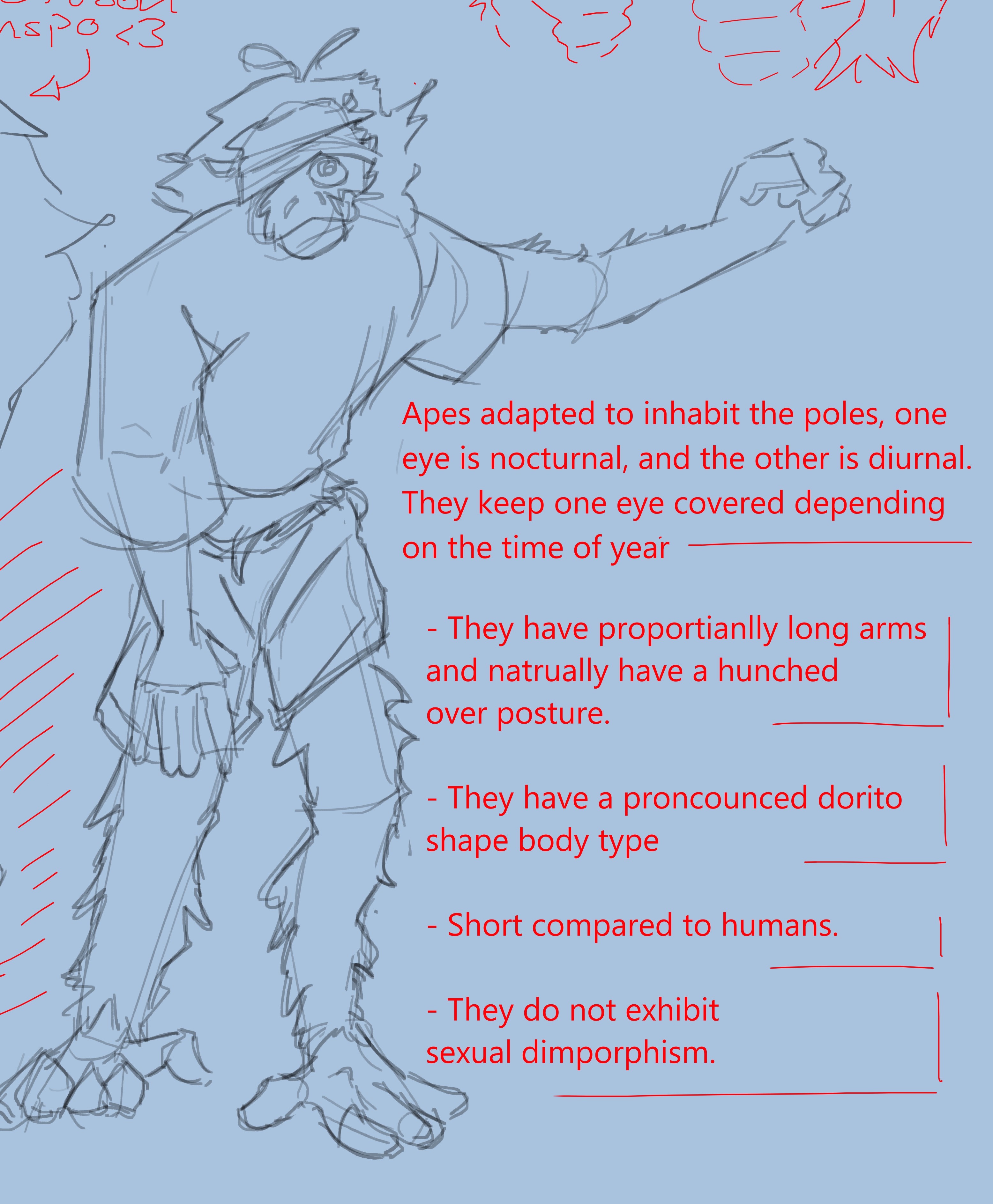
In the beginning a frog and salamander inhabited the earth. The frog Garp roamed the earth by day and by night slept in lakes, rivers and the ocean. The salamander is the color of fire and molten rock. It chased the frog every night and slept during the day. The frog was constantly running from the salamander because the Garp knew that if it was caught the salamander would try to eat him. The salamander never rested or slowed but he was much slower than the frog. Garp jumped over the mountains and into the valleys, every day he got farther and farther from the salamander. But he would rest for one week until the salamander would catch up. Garp would wait till Just before the salamander would close his maw on the frog, before leaping out of the way to taunt him. On a particularly hot day the frog was feeling sluggish, it jumped into a bath of boiling black tar to rest. The days grew hotter and the long week was coming to a close as the salamander approached. As the salamander approached, Garp got ready to leap away but the tar held it in a firm grip. Despite the tar the salamander never slowed and as it came closer it unhinged its jaw. The frog flexed its legs and as it jumped the salamander caught hold of its tail. Propelled by the tension of the sludge and the pain of the bite the frog lept so high it reached the sky. Garp became the moon and the salamander became the sun. The salamander still chases but the frog learned its lesson and moves slow enough to not need rest.



